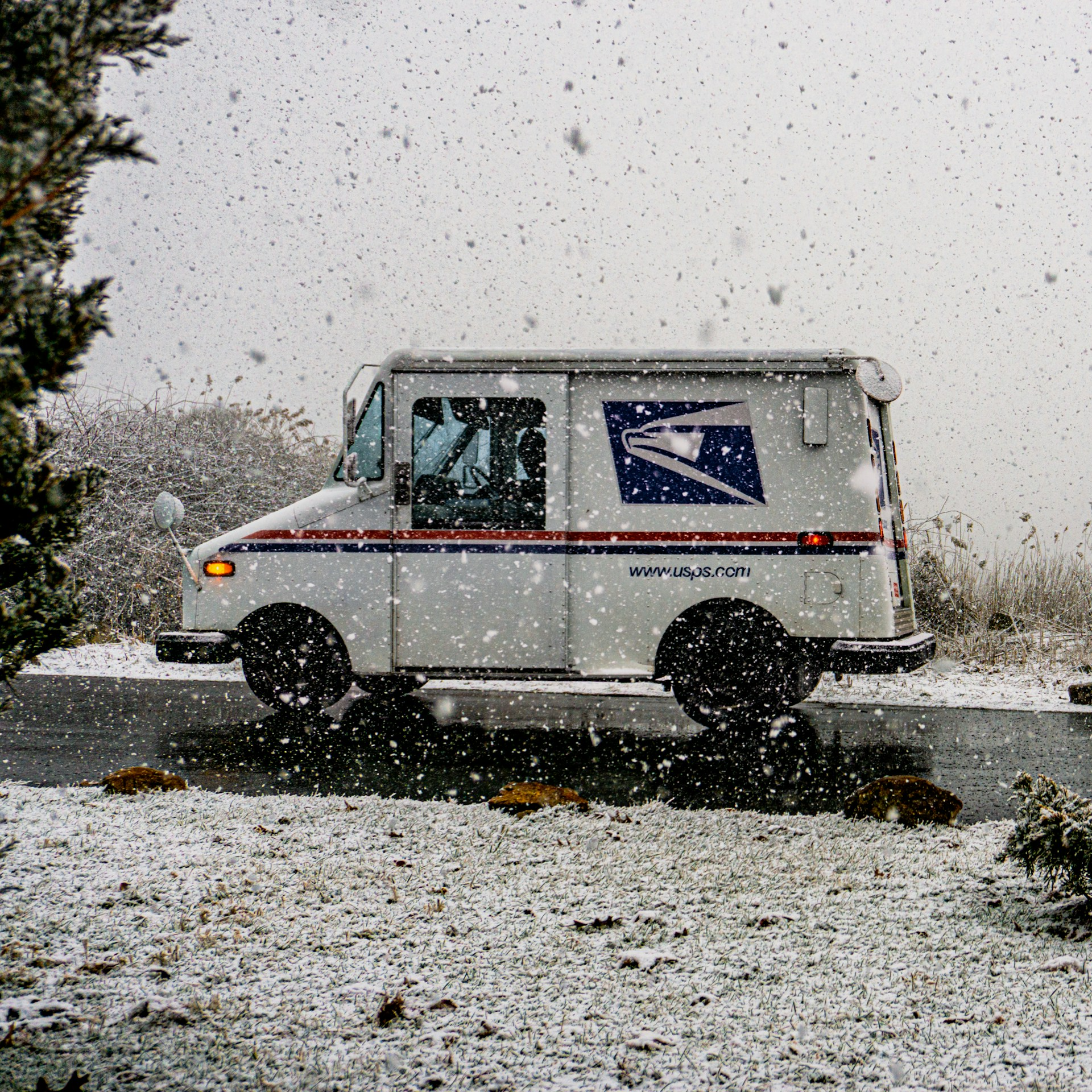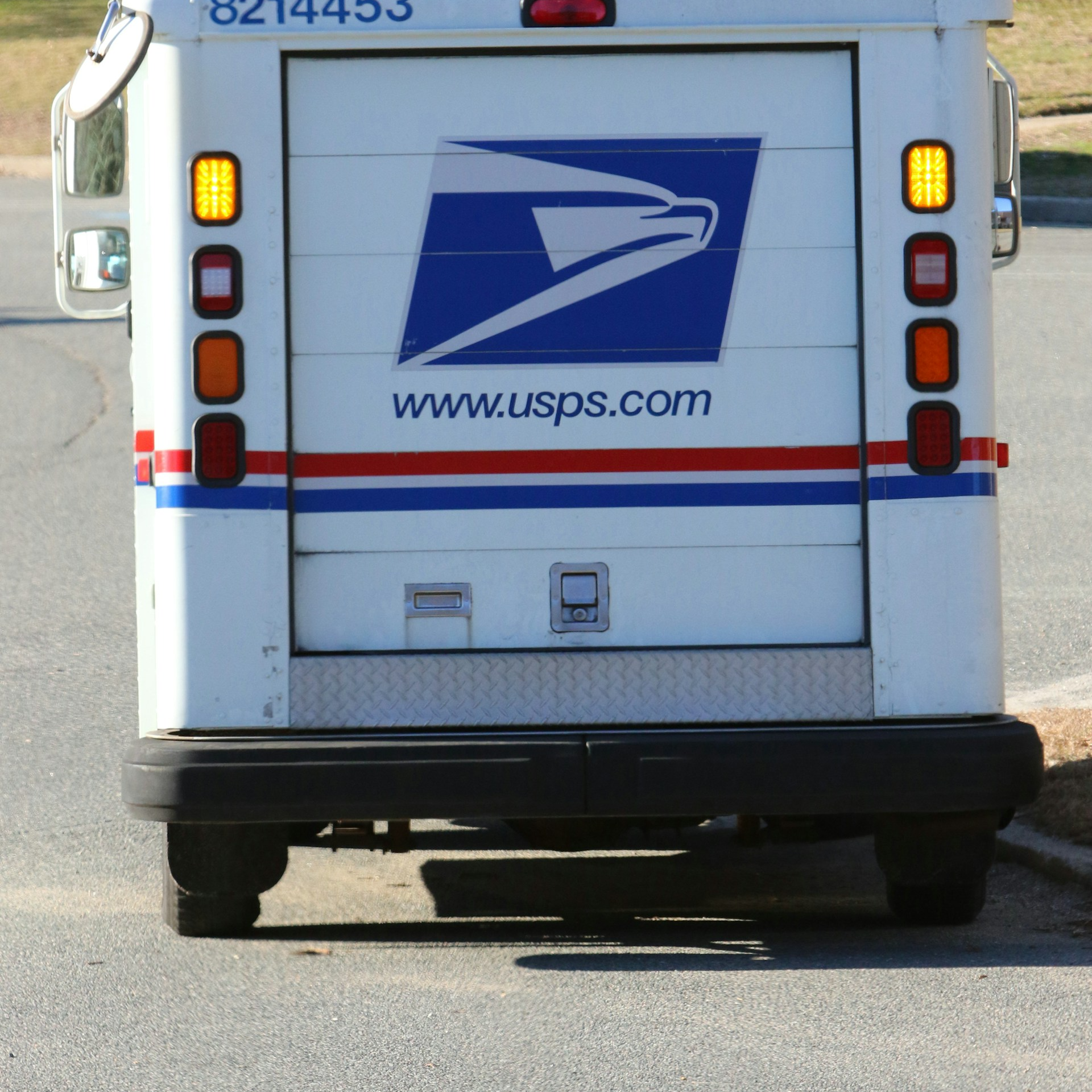Key Takeaways:
- The Postal Service Health Benefits (PSHB) Open Season is an essential period for postal workers to evaluate and make changes to their healthcare coverage.
- Starting in 2025, PSHB plans will replace FEHB for postal workers, so it’s crucial to understand the changes and deadlines.
PSHB Open Season Is Coming Up Fast — Here’s What Postal Workers Should Keep in Mind for 2025
The upcoming PSHB Open Season, which runs from November 11, 2024, to December 9, 2024, will mark a significant transition for U.S. Postal Service employees. As part of the shift to the Postal Service Health Benefits (PSHB) program, postal workers will no longer be covered under the Federal Employees Health Benefits (FEHB) plan starting in January 2025. This change represents a major shift in healthcare coverage for postal employees, making it critical to understand the timeline, benefits, and options available.
What Is the PSHB and How Does It Differ from FEHB?
The Postal Service Health Benefits (PSHB) program is a new health coverage initiative specifically tailored for postal workers, replacing the Federal Employees Health Benefits (FEHB) plan. While the FEHB is a comprehensive plan covering all federal employees, the PSHB focuses exclusively on postal employees, with the intent of providing more targeted options and potentially cost-saving measures for the Postal Service workforce.
One of the primary differences between PSHB and FEHB is that the PSHB will be structured specifically to meet the healthcare needs of postal workers, giving them access to a separate pool of benefits that will not overlap with the general federal workforce. Postal workers will need to evaluate their current health coverage, compare it with the new PSHB options, and decide whether to stick with their current plan or switch to a new one during the Open Season.
Why Is the PSHB Open Season Important for Postal Workers?
Open Season is the only annual window where federal and postal employees can make changes to their health insurance coverage. Missing this window could leave workers locked into their current coverage for another year, limiting their flexibility to adjust plans based on changing health needs or life circumstances.
In the case of postal workers, the upcoming PSHB Open Season is especially critical. Since the FEHB will no longer be an option for postal employees starting in 2025, this is the last chance to review how the new PSHB plans align with personal healthcare needs. Postal workers should take this time to evaluate all available options, make informed decisions, and ensure their healthcare coverage is up to date before the transition to the PSHB program is complete.
What Happens if You Don’t Make Changes During Open Season?
If a postal worker doesn’t make any changes during the PSHB Open Season, they will automatically be enrolled in a default health plan. While this ensures that no one is left without coverage, the default plan may not be the best fit for everyone. It’s important to note that the automatic plan may not cover specific health needs, preferred doctors, or medications at the same level as other available options.
Taking the time to review, compare, and select a plan that fits your individual health needs is vital. Not doing so could lead to unexpected out-of-pocket expenses, especially for those who require regular medical care or prescription medications.
How Can Postal Workers Prepare for PSHB Open Season?
Preparation is key when navigating the PSHB Open Season. The first step is gathering information about the PSHB program itself and understanding the options available. Postal employees should start by reviewing the benefits booklet that will be provided before Open Season begins. This booklet will contain detailed information about each available plan, including costs, coverage areas, and out-of-pocket expenses.
Here are some steps postal workers should take to prepare:
-
Review Your Current Healthcare Needs: Take stock of your current health situation. Are you seeing specialists? Do you need ongoing medications? Understanding your current and future healthcare needs is essential when evaluating plans.
-
Evaluate PSHB Plan Options: Compare the different PSHB plan options, paying attention to coverage limits, premiums, and deductibles. Make sure to check if your preferred doctors and hospitals are within the network of the plan you’re considering.
-
Consider Family Coverage: If you’re covering dependents under your plan, review how the PSHB options will affect your family’s healthcare. Some plans may have different costs or coverage limits for family members.
-
Calculate Costs: Be sure to look beyond just the premium. Consider out-of-pocket expenses like copays, deductibles, and out-of-network costs. These can add up, so it’s crucial to select a plan that fits your financial situation.
Will the PSHB Offer the Same Coverage as FEHB?
Although the PSHB aims to provide coverage that is comparable to the FEHB, it’s important to note that there will be differences in plan structure, provider networks, and costs. The PSHB is designed specifically for postal workers, which may result in different options and coverage levels. Some of the key aspects that may change include the selection of healthcare providers, premium costs, and out-of-pocket expenses.
Postal workers should not assume that their current coverage under the FEHB will remain the same under PSHB. Instead, they should carefully review the new options and determine if switching plans might be more beneficial based on their healthcare needs.
Can You Continue with Medicare If You’re Enrolled in PSHB?
For postal workers who are already eligible for Medicare, PSHB will coordinate with Medicare coverage. Many postal workers opt to enroll in Medicare Part A (hospital insurance) and Part B (medical insurance) when they become eligible, and it’s important to understand how PSHB will work in conjunction with these benefits.
During Open Season, it’s a good idea to assess whether the PSHB plans offer additional benefits that may complement your Medicare coverage. Keep in mind that some PSHB plans may have specific rules or benefits related to Medicare coordination, so this is a key area to review carefully.
What Are the Key Dates for PSHB Open Season?
Mark your calendar! The PSHB Open Season for 2025 coverage will run from November 11, 2024, to December 9, 2024. This is the time frame during which postal workers must review and make changes to their healthcare plans.
Failing to take action during this period could result in being locked into an automatic enrollment in a default plan. For this reason, it’s essential to begin preparing early, giving yourself plenty of time to assess your healthcare needs and explore the various options available under the PSHB.
How Can Postal Workers Get More Information?
For postal workers who want to dive deeper into the PSHB options, there are several ways to gather more information:
-
Visit the Postal Service Health Benefits website: The website will offer up-to-date information on plan options, benefits, and coverage.
-
Attend Open Season workshops or webinars: The Postal Service will likely offer informational sessions during Open Season to help workers understand their options and the changes coming in 2025.
-
Contact a licensed insurance agent: These professionals can provide personalized guidance and answer questions about how PSHB plans work, particularly in conjunction with Medicare or other insurance options.
Postal workers can use these resources to ensure they have all the information needed to make informed decisions during the PSHB Open Season.
Taking the Next Steps Toward Healthcare Coverage in 2025
As PSHB Open Season approaches, postal workers need to be proactive in evaluating their healthcare options for 2025. By understanding the key differences between the FEHB and PSHB programs, assessing personal healthcare needs, and reviewing plan details, postal workers can ensure they’re making the best choices for themselves and their families.
Don’t Wait Until It’s Too Late
The upcoming PSHB Open Season offers a unique opportunity for postal workers to transition smoothly into new healthcare coverage. Taking the time to review plan options, calculate costs, and ensure compatibility with existing Medicare benefits can make all the difference in securing the right coverage for the years ahead.












